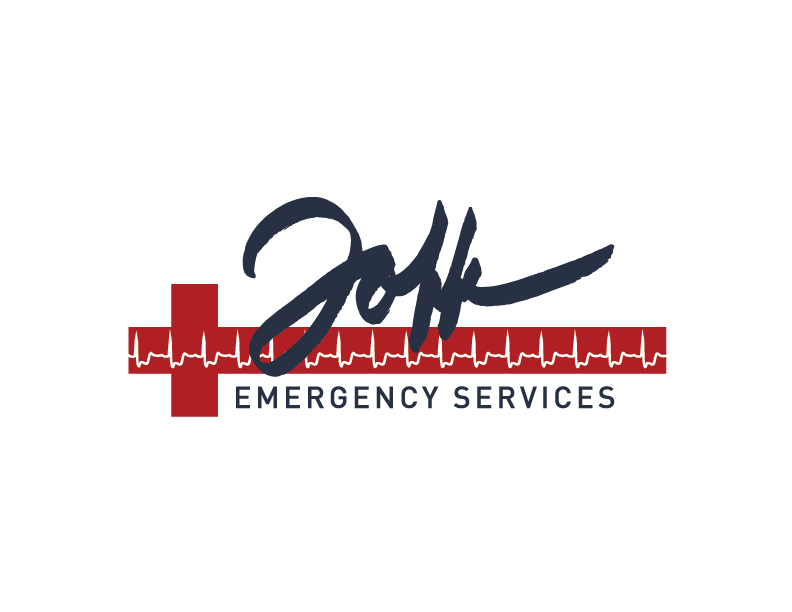Epinephrine, A.K.A adrenaline is used not to give you superhuman strength and turn you into the Hulk; rather, it’s used to save lives. Epinephrine is ordinarily used to treat those who have severe allergic reactions, or anaphylaxis.
What is Anaphylaxis?
In the most general sense, anaphylaxis is an allergic reaction to environmental stimuli that induces a reaction such as swelling or a rash. In severe cases, anaphylaxis can induce more serious reactions.
- Aggressive skin reactions including hives, itching, and flushed or pale skin.
- Abnormally low blood pressure (hypotension).
- Constriction of airways and swollen tongue or throat, which can cause wheezing and trouble breathing.
- Nausea, vomiting or diarrhea.
- Dizziness or fainting.
Many individuals are allergic to environmental stimuli like bees, peanuts, or shellfish, all of which (and many more!) can induce an anaphylactic reaction. Exposure to such stimuli is almost inevitable over the course of someone's lifetime. To prevent a dangerous reaction like the ones mentioned above, many people carry an Epi-Pen.
What is an Epi-Pen?:
An Epi-pen is a type of medication administered subcutaneously (through the skin), or intramuscularly (in the muscle), that contains epinephrine. Epinephrine is a chemical that causes narrowing of the blood vessels to combat low blood pressure, and opening of the airways, to combat a swollen tongue and trouble breathing. The effects of an Epi-Pen usually last for about 10 - 20 minutes.
There are two different types of Epi-Pens, the Epi-Pen Junior and a normal Epi-Pen. Epi-Pen Junior administers .15mg of medication for a child weighing 33-66 pounds, while a normal Epi-Pen administers .30mg. Although there is a slight difference in the amount of medication, this should not deter an individual from administering either Epi-pen to an individual experiencing anaphylaxis.
How to Inject an Epi-Pen:
It is a common misconception that you take an Epi-pen, wind up your arm as if about to embark on an insane drum solo, and jam it into someone’s leg or heart (like in the movies!). Administering an Epi-pen is actually a simple, much less dramatic process. Here are the steps:
- With the injector tip (orange) facing down, grab the Epi-Pen with your dominant hand and make a fist.
- With the other hand, remove the cover (blue tab) on the top of the shot.
- Hold the injector tip close to the individual’s outer thigh. If there is no time, meaning a more severe reaction is observed, there is no need to expose the leg. The injector tip is strong enough to pierce through fabric.
- Press forcefully on the individual’s outer thigh, and hold for 10 seconds. The shot is very strong and forceful, and so it is important that you stay calm and allow for the medication to completely empty into the thigh.
- You will know that all of the medication is administered when a red flag appears in the injector window, which indicates all the medication has been emptied from the vial.
- Remove the injector; the needle will snap back into the injector.
- Keep the injector to give to medical personnel or dispose of properly in a Sharps container.
- Immediately call 911.
What to do Next:
An Epi-pen does not cure a patient, rather, it buys the individual time to get to the doctor to proceed with a higher level of care. An Epi-pen’s effects may only last about 10-20 minutes, just enough time to call 911, or to get to a hospital. In many cases another Epi-pen may have to be used in the interim. Symptoms of anaphylaxis do not wear off immediately, rather they are kept at bay long enough to proceed to a hospital and seek further medical treatment. Once at the hospital, someone must report to the doctor or nurse any adverse reactions observed after usage of the Epi-pen. These reactions can include further nausea or vomiting, pounding heartbeat, headache, sweating, pale skin, and dizziness. This is because epinephrine is a very strong chemical, often causing side effects in patients.
Expired Epi-Pens:
Yes, as all things do, epi-pens have a shelf-life too. You should actively strive to make sure that for on-campus purposes that all of your Epi-pens are CURRENT. This means taking preventative measures and establishing routines to ensure medications are up-to-date. With all that being said, we’re often asked about what to do in the middle of the desert, with no help in sight. If that’s the case, an expired Epi-pen might just work…Check out the article below for more detail on this point! https://www.cbsnews.com/news/expired-epipens-may-still-save-a-life/

